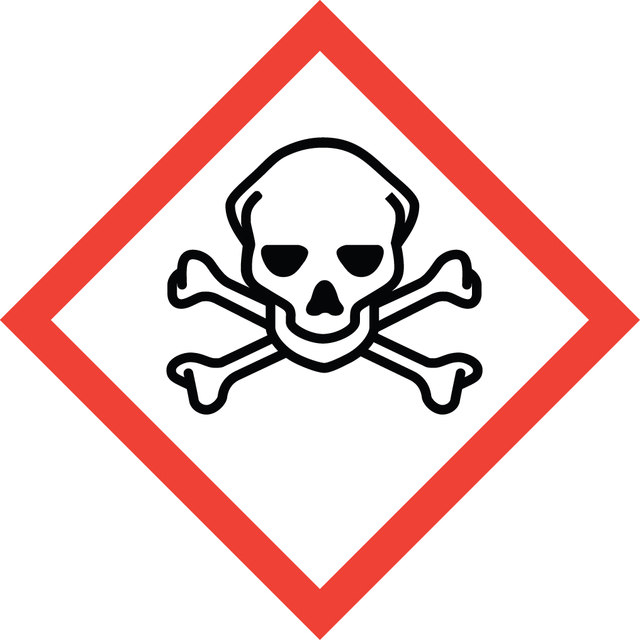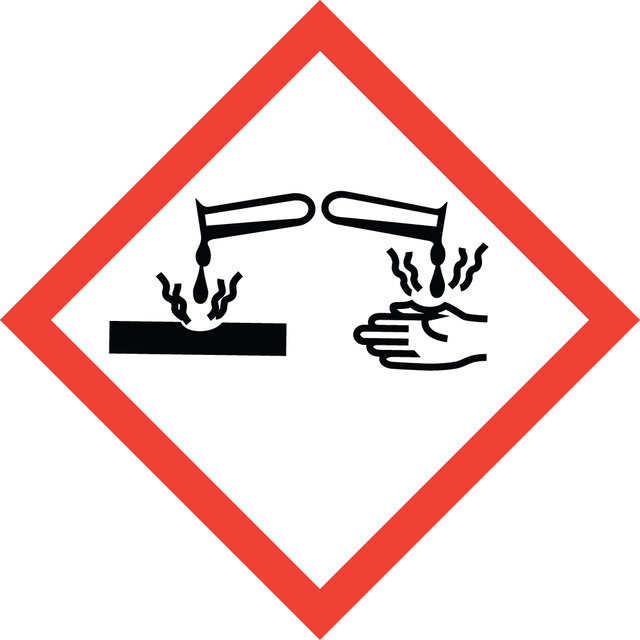Quality Level
usage
0.75 mL sufficient for 0.25 mL fluid samples
Looking for similar products? Visit Product Comparison Guide
Related Categories
General description
TRI Reagent LS is a quick and convenient reagent for use in the simultaneous isolation of RNA, DNA, and protein from liquid samples of human, animal, plant, yeast, bacterial, and viral origin.
A convenient single-step liquid phase separation results in the simultaneous isolation of RNA, DNA, and protein. This procedure is an adaptation of the singlestep method reported by Chomczynski and Sacchi for total RNA isolation, and permits fast and efficient processing of liquid samples. TRI Reagent LS performs well with large or small sample volumes, and many samples can be simultaneously extracted.
TRI Reagent LS is a mixture of guanidine thiocyanate and phenol in a monophase solution. When a biological sample is homogenized or lysed with it, and chloroform or 1-bromo-3-chloropropane is added, the mixture separates into 3 phases: an aqueous phase containing RNA, the interphase containing DNA, and an organic phase containing proteins. Each component can then be isolated after separating the phases. 0.75 ml of TRI Reagent LS processes 0.25 ml of a liquid sample such as amniotic fluid.
This is one of the most effective methods for isolating total RNA from fresh samples in only one hour. The procedure is very effective for isolating RNA molecules of all types from 0.1-15 kb in length. The resulting RNA is intact with little or no contaminating DNA and protein.
A convenient single-step liquid phase separation results in the simultaneous isolation of RNA, DNA, and protein. This procedure is an adaptation of the singlestep method reported by Chomczynski and Sacchi for total RNA isolation, and permits fast and efficient processing of liquid samples. TRI Reagent LS performs well with large or small sample volumes, and many samples can be simultaneously extracted.
TRI Reagent LS is a mixture of guanidine thiocyanate and phenol in a monophase solution. When a biological sample is homogenized or lysed with it, and chloroform or 1-bromo-3-chloropropane is added, the mixture separates into 3 phases: an aqueous phase containing RNA, the interphase containing DNA, and an organic phase containing proteins. Each component can then be isolated after separating the phases. 0.75 ml of TRI Reagent LS processes 0.25 ml of a liquid sample such as amniotic fluid.
This is one of the most effective methods for isolating total RNA from fresh samples in only one hour. The procedure is very effective for isolating RNA molecules of all types from 0.1-15 kb in length. The resulting RNA is intact with little or no contaminating DNA and protein.
Application
TRI Reagent is an improved version of the single-step total RNA isolation reagent developed by Chomczynski. The RNA isolation method based on this reagent is widely used and proven for RNA applications. It is ideal for quick, economical, and efficient isolation of total RNA or the simultaneous isolation of RNA, DNA, and proteins from samples of human, animal, plant, yeast, bacterial, and viral origin.
TRI Reagent® has been used in RNA extraction.
The reagent has been used for isolating total RNA. The resulting RNA can be used for Northern blots, mRNA isolation, in vitro translation, RNase protection assay, cloning, and PCR.
Features and Benefits
- Easily scalable RNA isolation
- Works with many sources: human, plant, yeast, bacterial, or viral
- Better yields than traditional guanidine thiocyanate/cesium chloride methods
Legal Information
TRI Reagent is a registered trademark of Molecular Research Center, Inc.
Signal Word
Danger
Hazard Statements
Precautionary Statements
Hazard Classifications
Acute Tox. 3 Dermal - Acute Tox. 3 Inhalation - Acute Tox. 3 Oral - Aquatic Chronic 2 - Eye Dam. 1 - Muta. 2 - Skin Corr. 1B - STOT RE 2
Target Organs
Nervous system,Kidney,Liver,Skin
Supplementary Hazards
Storage Class Code
6.1A - Combustible acute toxic Cat. 1 and 2 / very toxic hazardous materials
WGK
WGK 3
Flash Point(F)
174.2 °F - closed cup
Flash Point(C)
79 °C - closed cup
Choose from one of the most recent versions:
Already Own This Product?
Find documentation for the products that you have recently purchased in the Document Library.
Our team of scientists has experience in all areas of research including Life Science, Material Science, Chemical Synthesis, Chromatography, Analytical and many others.
Contact Technical Service


